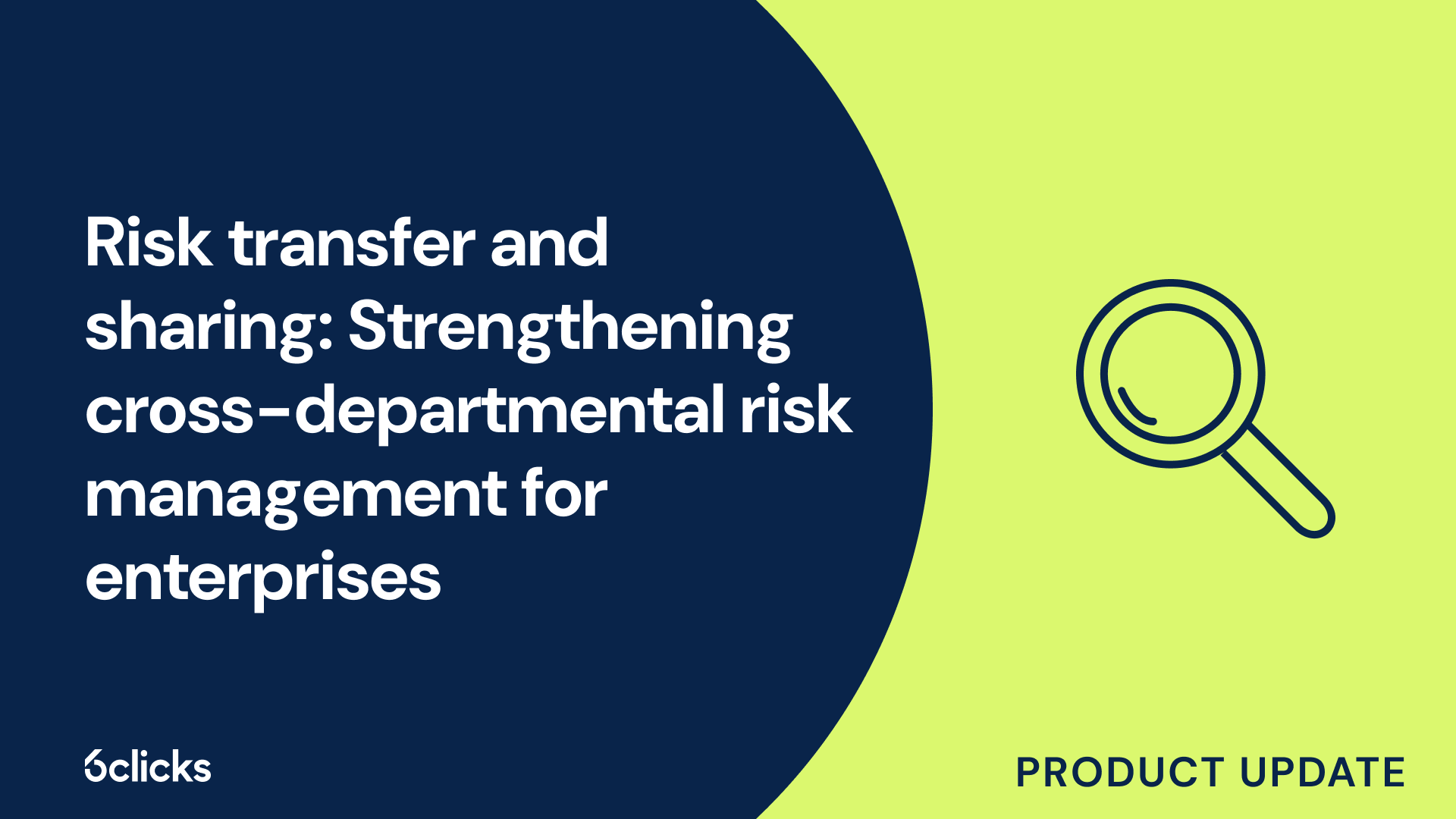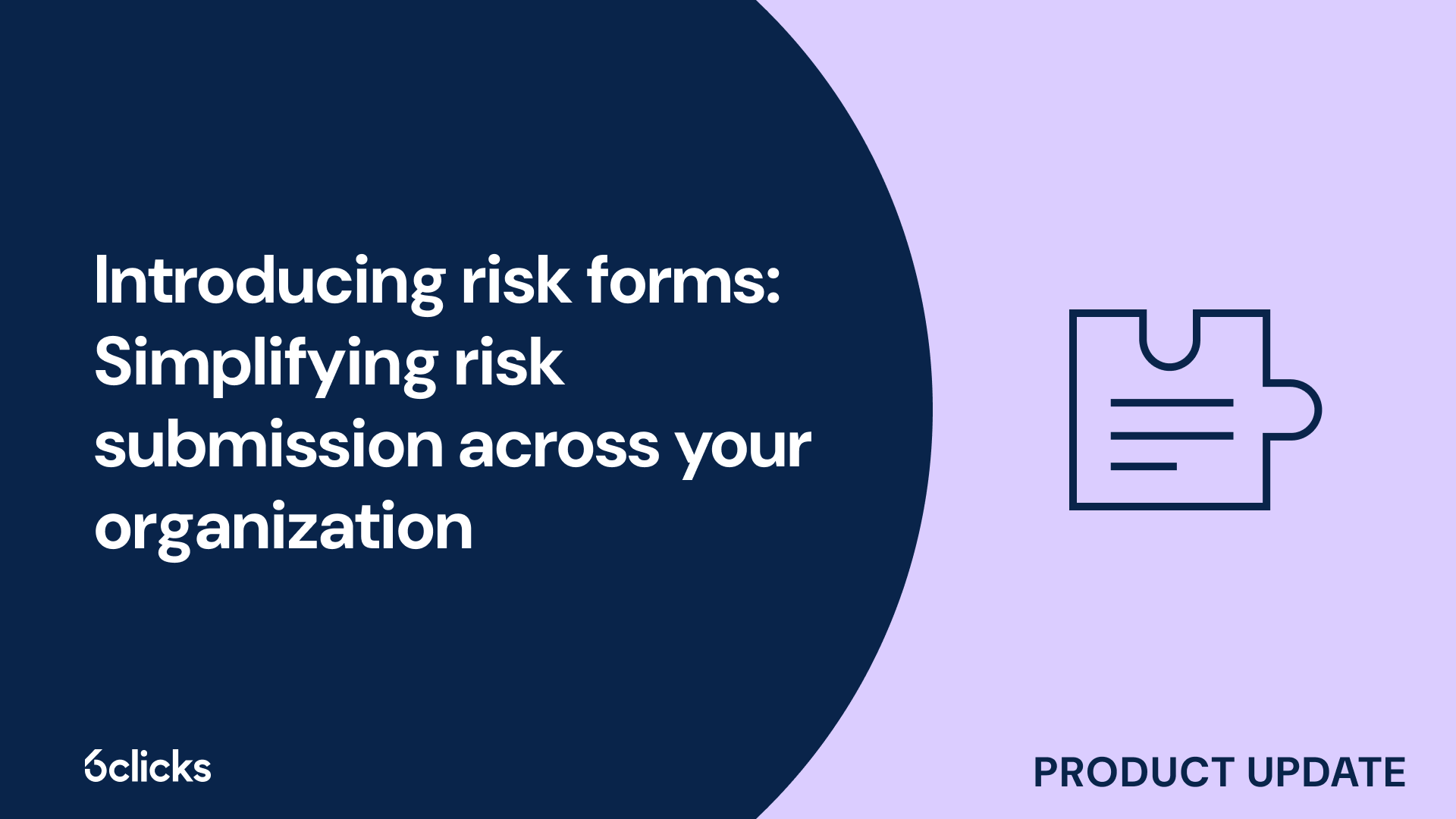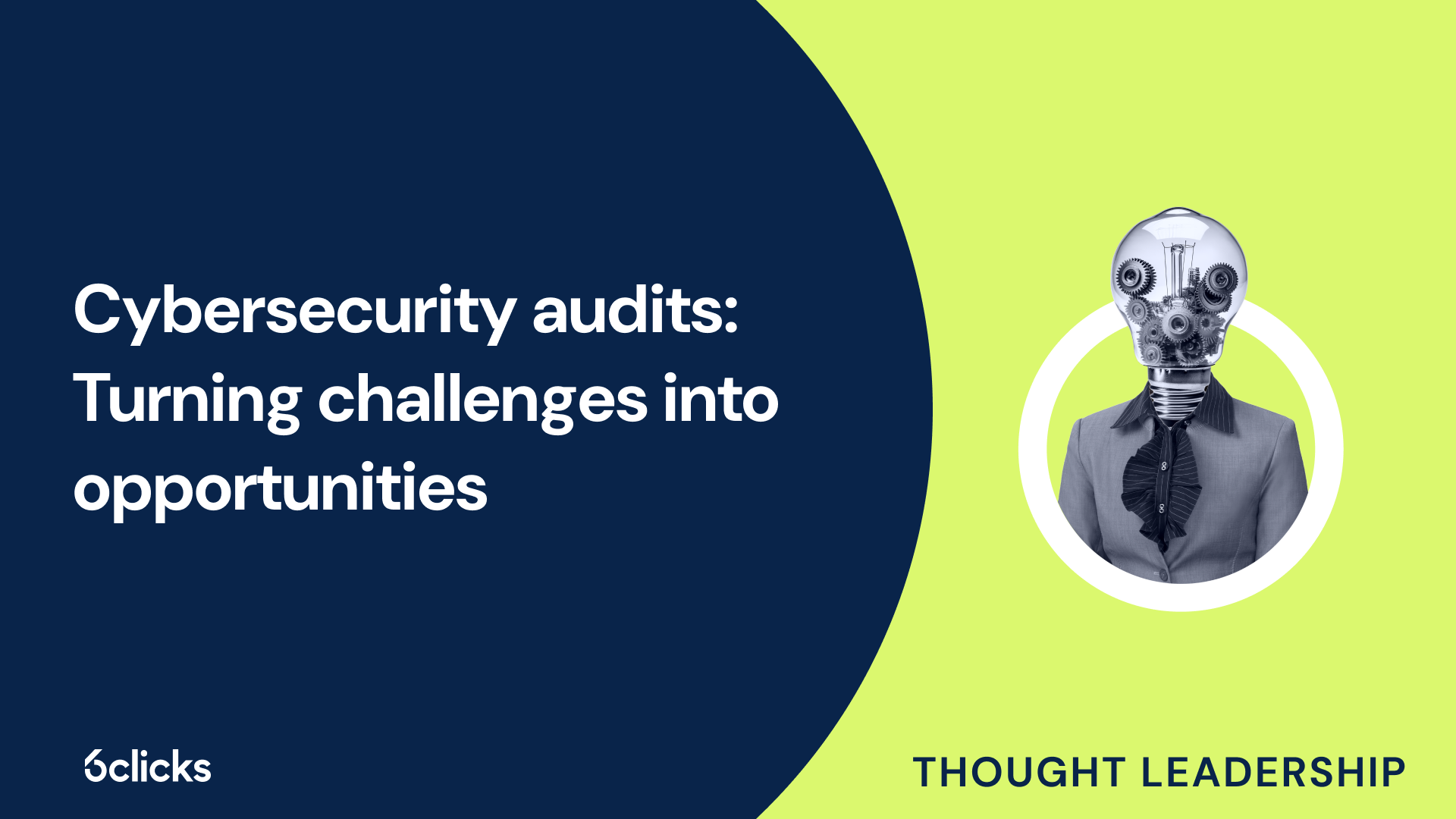The GRC buyer’s guide for 2025: Building resilience with AI-powered, federated solutions
Discover the ultimate GRC buyer's guide for 2025! Uncover how AI-powered, federated solutions transform compliance and security management for industries like government, aerospace, banking, and more. Learn about centralized control, continuous compliance, and advanced cyber GRC capabilities. Download now!
-1.png?width=200&height=249&name=Group%20193%20(1)-1.png)
The GRC buyer’s guide for 2025: Building resilience with AI-powered, federated solutions
Effective planning for information security
Effective planning for information security is a critical component of protecting an organization’s sensitive data, ensuring regulatory compliance, and mitigating the risks of cyber threats. With the increasing frequency and sophistication of cyberattacks, a well-structured security plan ensures organizations are better prepared to safeguard their digital assets and maintain business continuity. Below are the key components involved in effective information security planning.
1. Conducting a comprehensive risk assessment
The foundation of any security plan begins with identifying and evaluating risks. This involves analyzing potential threats, vulnerabilities in systems, and the impact of breaches on critical assets. Risk assessments should address internal and external risks, such as phishing attacks, insider threats, and vulnerabilities in third-party systems. By prioritizing risks based on likelihood and potential damage, organizations can focus resources on the most critical areas.
2. Setting clear security objectives
Defining security goals is essential to align information security efforts with broader organizational objectives. These objectives may include protecting intellectual property, ensuring compliance with regulations and standards like GDPR or ISO 27001, and maintaining customer trust. Clear goals provide direction and a framework for implementing security measures effectively.
3. Establishing policies and procedures
Policies and procedures form the backbone of information security management. These documents outline acceptable use, incident response, data handling, and access control protocols. For example:
- Acceptable use policies define what constitutes appropriate use of company resources.
- Incident response plans provide a roadmap for detecting, containing, and recovering from security breaches.
- Access control policies establish rules for granting permissions based on roles and responsibilities.
Clear, enforceable policies ensure consistency and accountability across the organization.
4. Implementing security controls
Security controls are the measures put in place to protect systems, networks, and data. These can be broadly categorized into:
- Technical controls: Tools like firewalls, antivirus software, intrusion detection systems, and encryption that protect against cyber threats.
- Administrative controls: Employee training, security awareness programs, and documented processes that reduce human error.
- Physical controls: Measures such as secured server rooms, biometric access systems, and surveillance cameras to prevent unauthorized physical access.
A layered approach combining these controls significantly enhances an organization’s overall security posture.
5. Employee training and awareness
Human error is one of the leading causes of data breaches. Employees must be educated about recognizing phishing emails, securing passwords, and adhering to security policies. Regular training sessions, phishing simulations, and awareness campaigns can help create a culture of security within the organization.
6. Continuous monitoring and incident response
Effective information security planning doesn’t end with implementation. Continuous monitoring of systems and networks is essential for detecting anomalies and responding to incidents promptly. Security information and event management (SIEM) systems provide real-time insights into potential threats, enabling swift action.
Incident response planning is equally critical. Organizations must develop and test a detailed incident response plan that outlines steps to detect, contain, and recover from breaches. Regular simulations and drills ensure the team is prepared to handle real-world scenarios effectively.
7. Regular audits and updates
The cybersecurity landscape is constantly evolving, and organizations must adapt to emerging threats. Regular security audits and vulnerability assessments help identify gaps and weaknesses in existing measures. Updating software, hardware, and security policies ensures that defenses remain effective against new attack vectors.
8. Ensuring regulatory compliance
Many industries are governed by strict regulations that mandate specific security practices. For instance, the healthcare sector must comply with HIPAA, while businesses handling cardholder data must adhere to PCI DSS. Effective security planning involves understanding and meeting these requirements to avoid legal and financial penalties.
Essentially, effective planning for information security is not a one-time effort but an ongoing process of assessment, implementation, and improvement. By conducting thorough risk assessments, setting clear objectives, implementing robust controls, and fostering a culture of security awareness, organizations can build a resilient security posture. Continuous monitoring, incident response, and regular updates ensure that the security plan evolves alongside the threat landscape. With a comprehensive and proactive approach, businesses can safeguard their assets, maintain trust, and achieve long-term success in a digital-first world.
Let 6clicks help you prioritize information security through robust compliance and risk management, policy and control implementation, and continuous monitoring and audit functionality. Book a demo to see the 6clicks platform in action!












